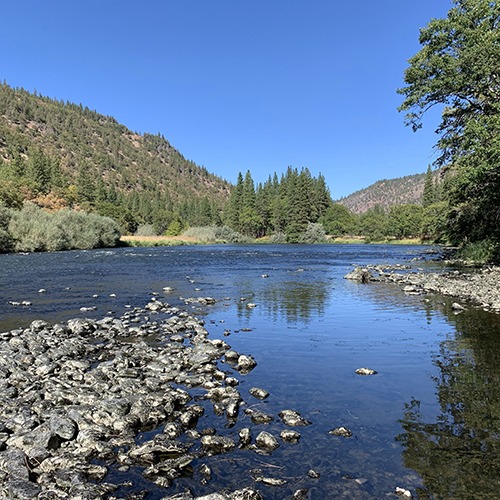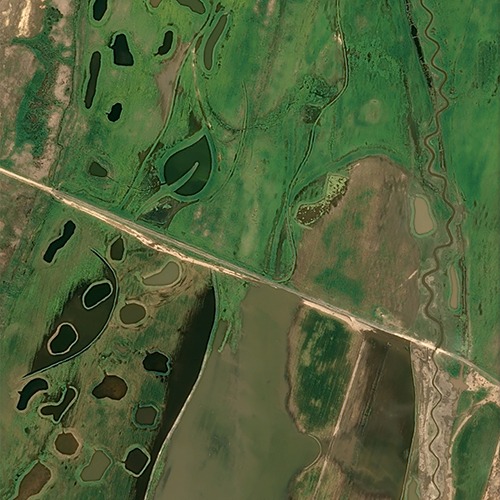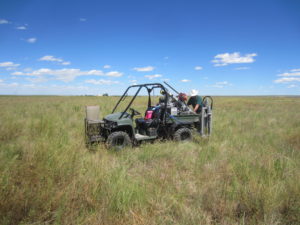
- People
- Working Here
-
-
A Career with an Impact
View Available Jobs »
-
Student Internship Opportunities
Learn More »
-
-
- Safety (EHS&S)
Creating a Culture of Safety
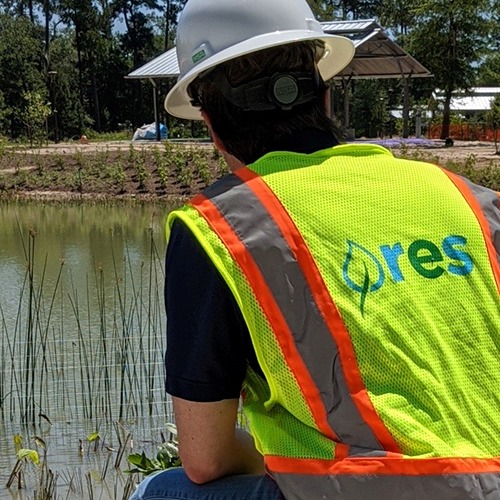
Our team is dedicated to empowering team members with safety leadership and promoting a safe, secure and environmentally- friendly work environment in all facets of our business.
- Landowners
Find Landowner Representative in my State
 Explore making part of your land, a legacy of resiliency for future generations.
Explore making part of your land, a legacy of resiliency for future generations.
- Vendors
- Working Here
- Capabilities
- Our Solutions
- Our Approach
What is “Active Stewardship”?
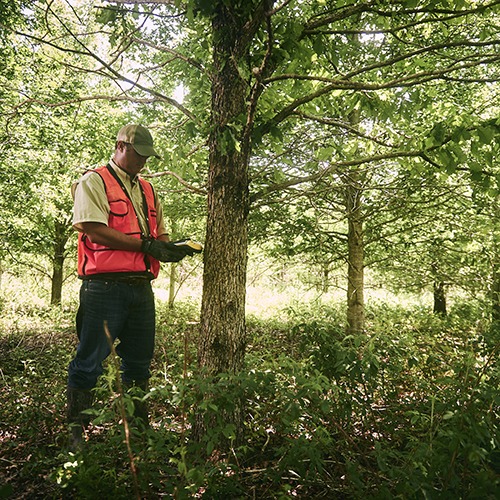 At RES, we don’t build sites and walk away. We design them to thrive, and stick around until they do.
At RES, we don’t build sites and walk away. We design them to thrive, and stick around until they do.
- Industries
- Videos
- Our Solutions
- Places
- Buy Credits
Buy Mitigation Credits
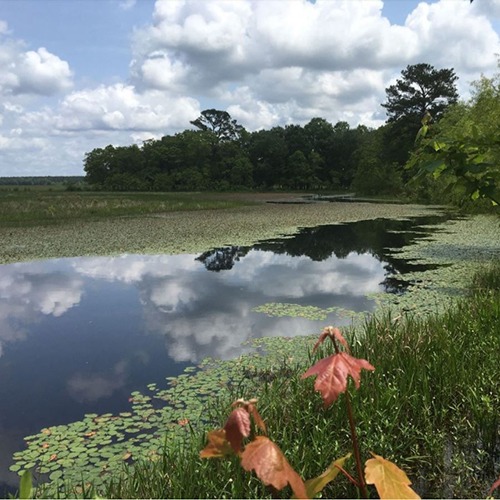 Impacts are sometimes unavoidable. For these situations, we offer ecological offsets in the form of mitigation credits.
Impacts are sometimes unavoidable. For these situations, we offer ecological offsets in the form of mitigation credits.
- Find Projects
Find Projects
 RES delivers resiliency, project by project. Understanding them is the best way to get to know us.
RES delivers resiliency, project by project. Understanding them is the best way to get to know us.
- Search States
Search by State
 Keeping the ecological balance is an intensely local endeavor. See how we meet the challenge in your area.
Keeping the ecological balance is an intensely local endeavor. See how we meet the challenge in your area.
- Nurseries
-
- Buy Credits
- About Us
- Who We Are
- Leadership Team
Meet our Leadership Team
- Acquisitions
We are growing the RES family.
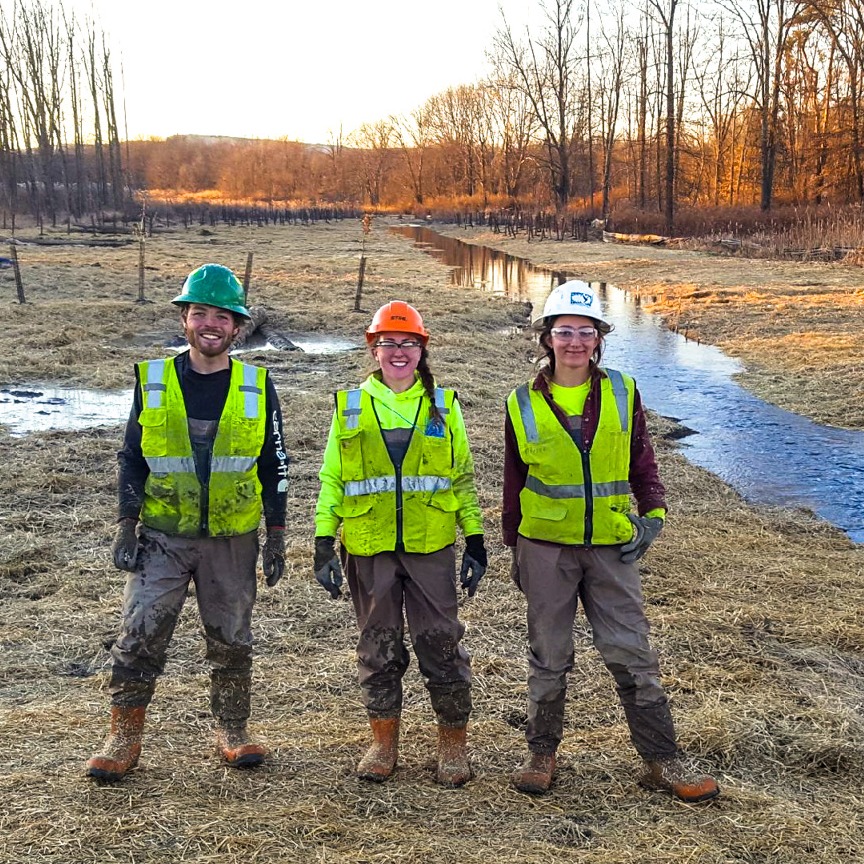 We strengthen our team by bringing on respected teams of experts with local knowledge and experience, who share our vision of a resilient earth.
We strengthen our team by bringing on respected teams of experts with local knowledge and experience, who share our vision of a resilient earth.
- News
- Who We Are
- Restoring at Scale
- Buy Credits
- Contact Us
Newsletter > Detecting species presence: RES benchmarks eDNA vs. conventional seining
Detecting species presence: RES benchmarks eDNA vs. conventional seining
February 20, 2024

Species habitat mitigation is a primary focus for RES in California. Within the Livermore Valley, RES is currently working on multiple mitigation projects requiring conservation of land, in perpetuity, that contains aquatic and dispersal habitat for two hard-to-detect species: California tiger salamander (Ambystoma californiense) and California red-legged frog (Rana draytonii).
It can be challenging to provide sufficient evidence to regulatory agencies that these species-of-concern are present and are completing their lifecycles on the property. Agencies such as the California Department of Fish & Wildlife (CDFW) and the United States Fish & Wildlife Service (USFWS) rely on biological data for the mitigation approval process. Acquiring it can be costly, time-consuming, and labor-intensive.
RES has found a creative approach to proving the presence of a particular species with a high level of confidence, while also reducing the resources and level of effort required: Environmental DNA (eDNA).
eDNA is the isolation of genetic material from soil, water, or air, and the amplification of target sequences to detect species presence. This pioneering method has been shown to be a cost-effective, non-invasive, and effective tool for monitoring the distribution of aquatic species across large and small geographic ranges.
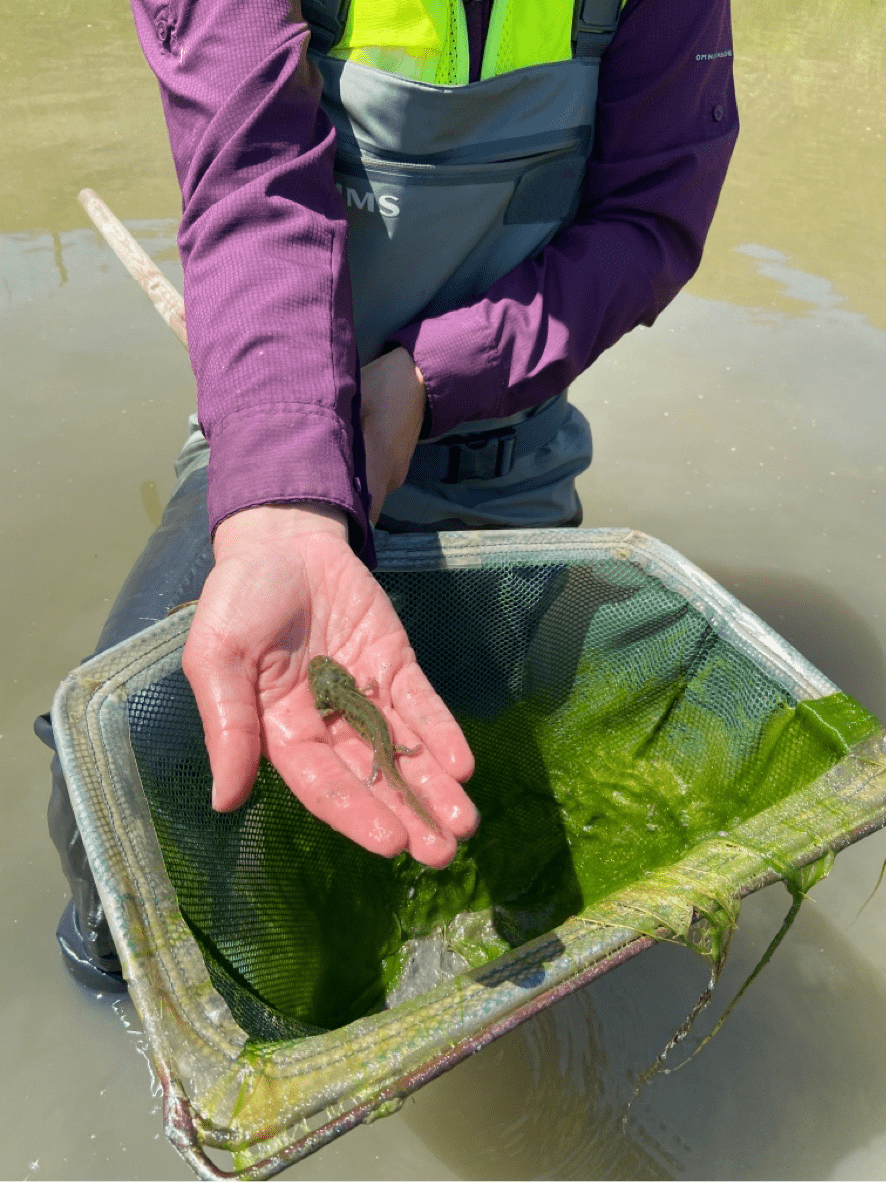
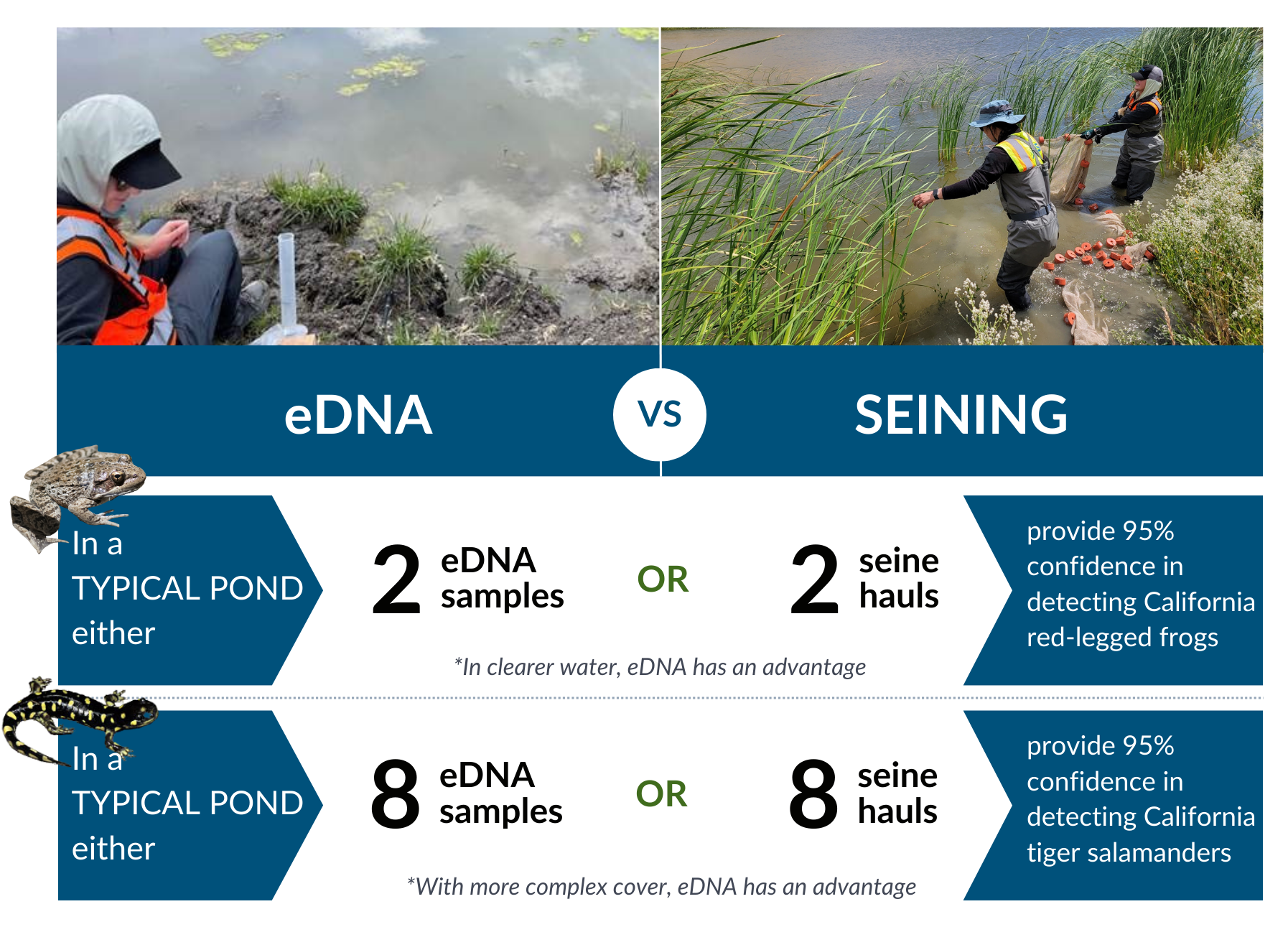
Unlike many traditional methods of surveying for aquatic species such as the California tiger salamander and California red-legged frog, eDNA….
- does not require a Recovery Permit,
- is not dependent on surveyor skill,
- is highly repeatable,
- has no risk of hurting animals,
- is archivable for future analysis of additional species, and
- is not subject to misidentification of target species.
Last fall, RES ecologists Dylan Keel, Amanda Casby, Sarah Wood, and Daniel Chase led a study that paired repeated eDNA surveys and conventional seining and dip netting to detect California tiger salamander and California red-legged frog at several sites in the Livermore Valley. Being able to compare 89 eDNA samples and 66 seine hauls helped answer the following questions:
- Where are California tiger salamanders and California red-legged frogs?
- If we did not detect them, how can we be sure they were not there?
- And, how many eDNA samples and seine hauls are necessary to be sure?
After data collection, RES ecologists used multimethod occupancy models to conduct a statistical analysis. The results: both seining and eDNA had an approximately equal probability of detecting California tiger salamander and California red-legged frog.
The analyses showed that at a typical pond, California red-legged frogs were more easily detectable, requiring only two seine hauls or two eDNA samples to be 95% sure that the pond was either occupied or not occupied.
The California tiger salamanders were more difficult to detect, requiring eight eDNA samples or eight seine hauls to be 95% sure that the pond was or was not occupied.
Although RES ecologists found equal detection probability between the methods, the environment affected how well each method worked. The models showed that the more complex cover the pond had (e.g. algae, rooted aquatic vegetation, etc.) the better eDNA performed at detecting California tiger salamander relative to seining. Inversely, the clearer the water, the better eDNA performed at detecting California red-legged frogs relative to seining.
This kind of analysis is extremely useful to RES as we move forward with species habitat mitigation. Not only is eDNA a proven, helpful tool for conducting due diligence on properties, but applying statistical analysis to the data creates useful comparisons for presentation to the Interagency Review Team (IRT). If we can continue to document that eDNA is equally, or more, sensitive than traditional surveys and quantify the amount of effort necessary to detect species, we can better plan field efforts, save time and money, and provide statistical justification for the probability that species occur on mitigation properties.
This research study in the Livermore Valley, conducted on custom turnkey mitigation sites, is a great example of the power of custom sites with unique locations to test new methods. The RES team is excited about applying eDNA for species mitigation projects across our portfolio and hopes to present additional applications of the technology in 2024.


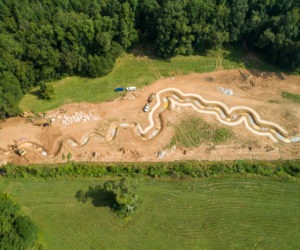
 Read the latest news about RES, our projects and our people.
Read the latest news about RES, our projects and our people.
